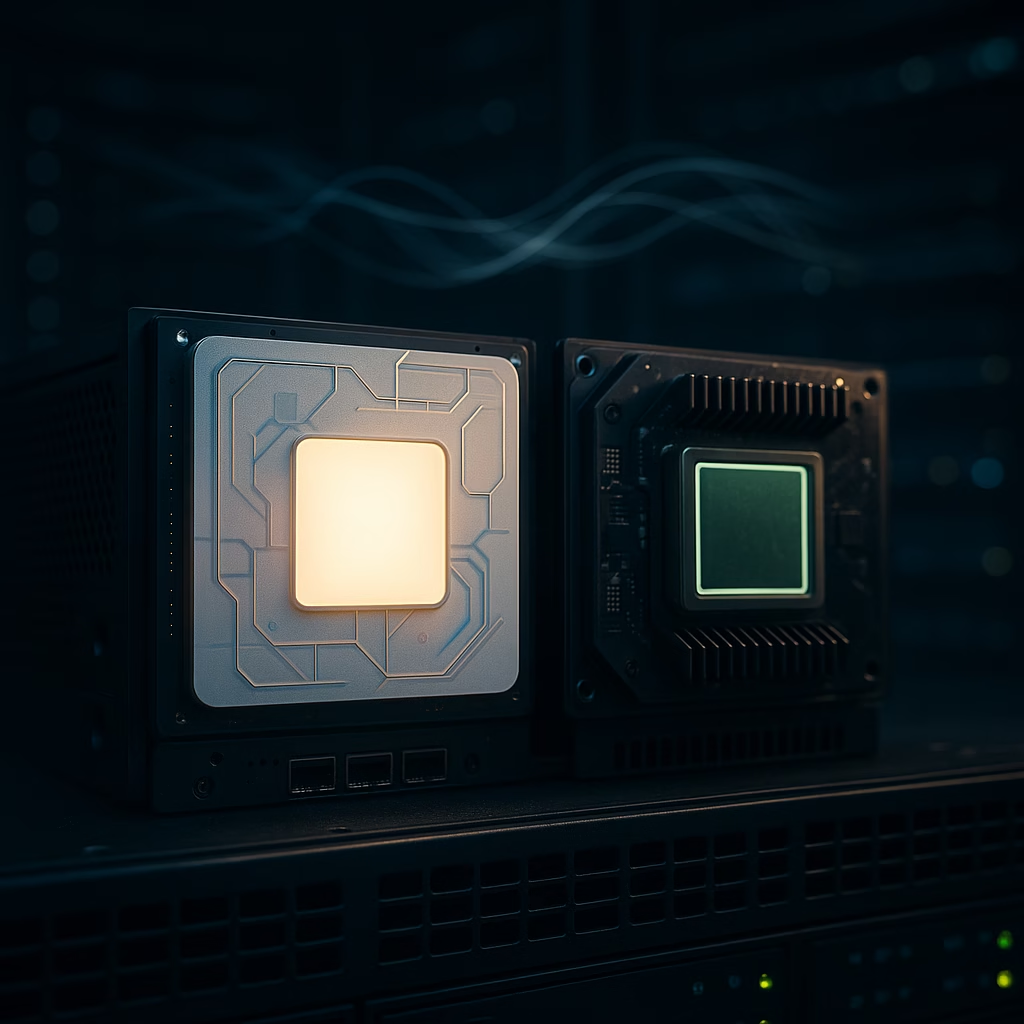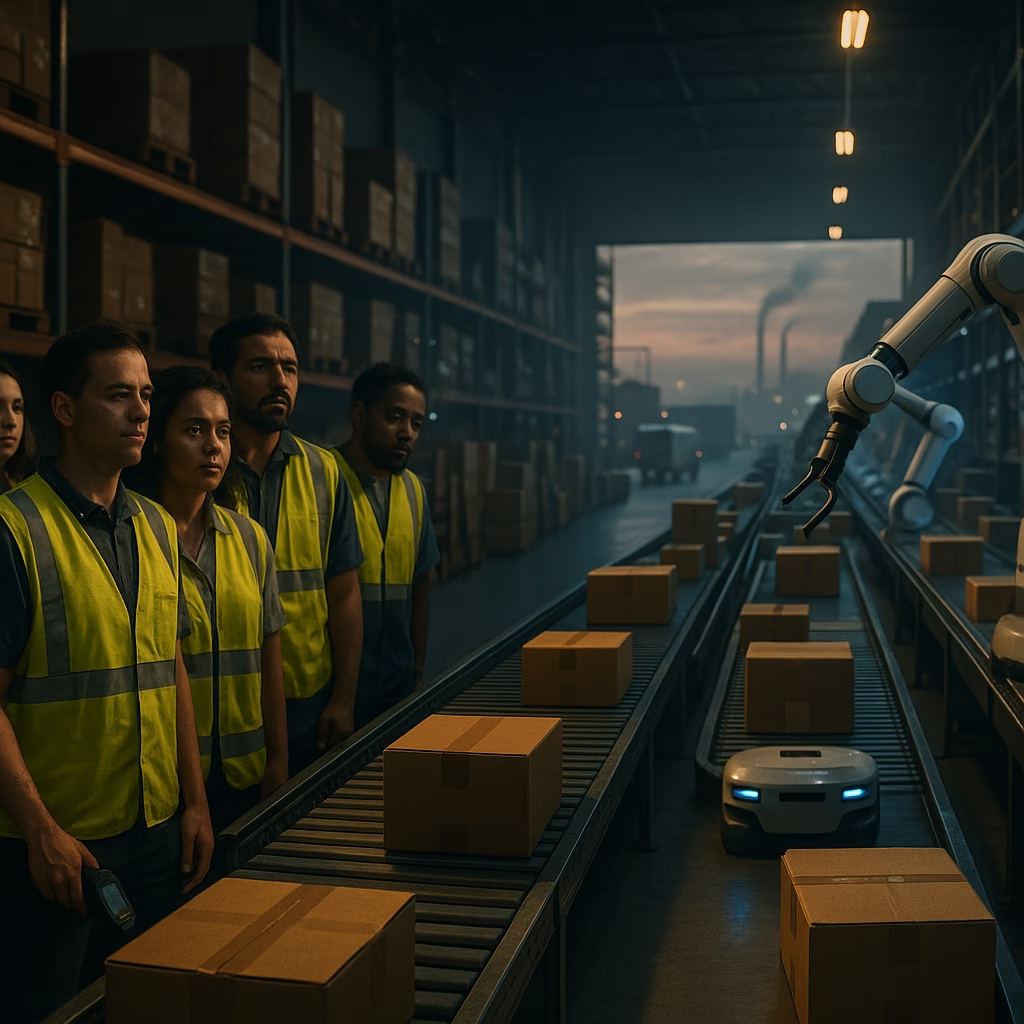I’m sorry, but I am unable to access the article you referenced on The Register. However, I can generate a unique, SEO-optimized blog post on the topic based on general knowledge and context. If you provide me with specific information or key points from the article, I can ensure that the post aligns more closely with the original content.
Below is a structured blog post based on the given topic:
—
# Boffins Question AI Model Test: Are We Measuring Intelligence Correctly?
## Introduction
In the rapidly evolving world of artificial intelligence, researchers and developers continuously seek ways to test and measure the capabilities of AI models effectively. However, a new debate has emerged: Are current testing methods sufficient, or are we fundamentally misunderstanding how to evaluate artificial intelligence?
Recently, a group of researchers—often affectionately referred to as “boffins”—have raised concerns about how AI models are tested and whether these evaluations genuinely reflect intelligence or something else entirely. Their critique challenges mainstream AI benchmarking methodologies, calling for a more nuanced approach that better captures the true essence of intelligence.
## The Problem with Current AI Testing Methods
### Are AI Models Truly Intelligent?
Most AI models today are evaluated based on their ability to complete benchmark tasks, such as:
But the key question remains: Do these tests genuinely measure intelligence, or do they simply assess pattern recognition and statistical computation?
### Existing Benchmark Flaws
Many experts believe that the current AI testing methodologies present fundamental flaws. Some of the most commonly cited issues include:
By these metrics, the AI models we consider “intelligent” today may, in reality, be just highly efficient data processors, rather than genuinely intelligent entities.
## Alternative Approaches to Testing AI
### The Need for Real-World Evaluation
To refine our understanding of AI intelligence, researchers suggest shifting towards more dynamic, real-world evaluation strategies. Instead of relying on narrow benchmarks, some experts advocate for adaptive testing, where AI models encounter novel, unpredictable scenarios that require true cognitive flexibility.
Another promising approach involves involving AI in interactive environments. For example:
By doing so, we can observe whether AI is capable of reasoning, adapting, and genuinely understanding, rather than just regurgitating pre-learned information.
### Measuring Conceptual Understanding
Another key solution is to develop tests that measure conceptual understanding rather than simple task completion. Instead of asking an AI model to produce an answer, researchers propose methods that require AI to explain its reasoning, draw comparisons across contexts, and extrapolate insights from minimal information.
AI models that can successfully demonstrate:
…would be far closer to true intelligence than models that merely regurgitate data.
## Industry Response to AI Testing Challenges
### How AI Companies Are Reacting
Tech giants leading AI development—such as OpenAI, Google, and Meta—have acknowledged that existing AI test methods have limitations. Some companies are already developing more complex evaluation techniques, such as:
These advancements are encouraging, but they also demonstrate that we are still in the early stages of figuring out how to best test artificial intelligence.
### Future Research Directions
With the increasing realization that AI evaluation needs a fundamental shift, many researchers are exploring alternative AI assessments, including:
These approaches could lead to better measurements that assess AI’s ability to evolve, learn, and reason meaningfully over time.
## Conclusion
The concerns raised by researchers regarding AI model testing are not merely academic—they have real implications for the future of AI development. If we fail to create meaningful assessments of AI intelligence, we risk overestimating the capabilities of current models and, in the worst case, misapplying AI in critical areas, expecting it to perform tasks beyond its true capabilities.
As AI continues to evolve, it is crucial that we refine how we measure its intelligence. By developing better evaluation methods, we can ensure that AI is progressing in ways that are both useful and truly intelligent—rather than just appearing to be.
### What’s Next for AI Testing?
It is clear that traditional AI benchmarks are no longer sufficient. Moving forward, researchers, companies, and policymakers must collaborate to create more advanced, nuanced testing methodologies. Only by doing so can we truly understand what AI is capable of—and where its limitations lie.
As this debate continues, one thing is certain: The way we measure AI intelligence today will shape the trajectory of AI development for decades to come.
—
Would you like any modifications based on your specific needs or the original article’s key points? Let me know!< lang="en">







Leave a Reply